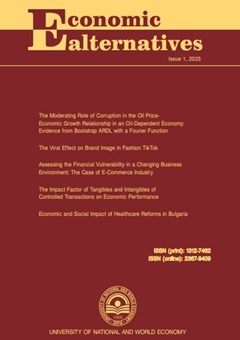Exchange Rate Misalignment in the Inflation Targeting Regime. The Case of ASEAN-3
Author: Haryo Kuncoro
Abstract
This paper aims at analyzing the exchange rate misalignment in the inflation-targeting regime. Different from the previous studies, the exchange rate misalignment is based on the purchasing power parity. We use the ASEAN-3, i.e. Indonesia, the Philippines, and Thailand as the case of the inflation-targeting countries. By applying probit and logit models for the monthly data over the period of 2001(1) to 2022(12), we found that central bank intervention is effective to correct exchange rate misalignment in Indonesia and the Philippines, not for Thailand. More specifically, the selling intervention enables to reduce Indonesian Rupiah overvaluation. Similarly, the Philippines Peso undervaluation can be effectively adjusted by the purchasing intervention. The symmetric behavior of purchasing and selling holds for the two countries. These findings suggest that the central banks in the two countries should be careful in managing foreign reserves in relation to their interventions. Without sterilizing them, any purchase/sale of foreign currency could affect the domestic money supply and thereby undermine the credibility of inflation targeting monetary policy. Further research is advisable to differentiate foreign reserves into sterilized and unsterilized states to analyze the exchange rate misalignment so that the currency stabilization will be more effective.

